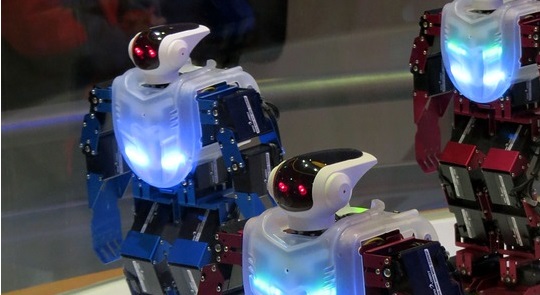
15 Trending Technologies and Concepts You should Know about
Technology develops at a quick pace. There is something new innovated every single day. Somewhere out there, maybe in an office setting, perhaps in their mom’s basement, a wizard is working on some remarkable technology. There are several trending technologies which have been the highlight of news and journals in the past few years. Several Businesses and other Organizations are using them to improve their overall workings, or maybe just because it is cool and savvy.
So here are some important trending technologies and concepts in the field of Information Technology.
1. Artificial Intelligence
Artificial intelligence (AI) is the field of computer science which focuses on the design and creation of intelligent software and machines. Basically, the idea is to emulate human-like intelligence. Some common activities for which AI is designed are:
- Natural Language Processing
- Planning and Management
- Learning and problem solving
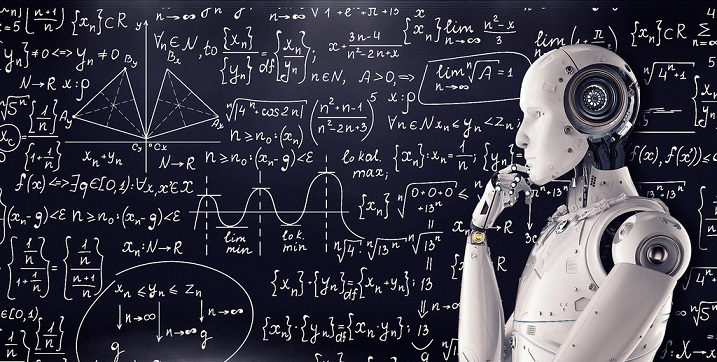
Applications of AI
Artificial intelligence has become a vital part of the technology industry.
Not only it supports many trending technologies, but it is the foundation of many startups too. The research and development around AI
- Perception
- Knowledge
- Planning
- Learning
- Reasoning
- Problem solving
Subsets of AI
Core parts of AI research include Knowledge engineering, machine learning, and machine perception.
Robotics is an important field related to AI. For centuries, humans have dreamt of being able to create intelligent life forms. Robotics is the field which deals with the physical manifestation of AI and its applications.
Machine learning has seen a lot of developments lately and this is will likely remain the trend. It involves unsupervised learning: identification of patterns, and supervised learning: classification and numerical regressions.
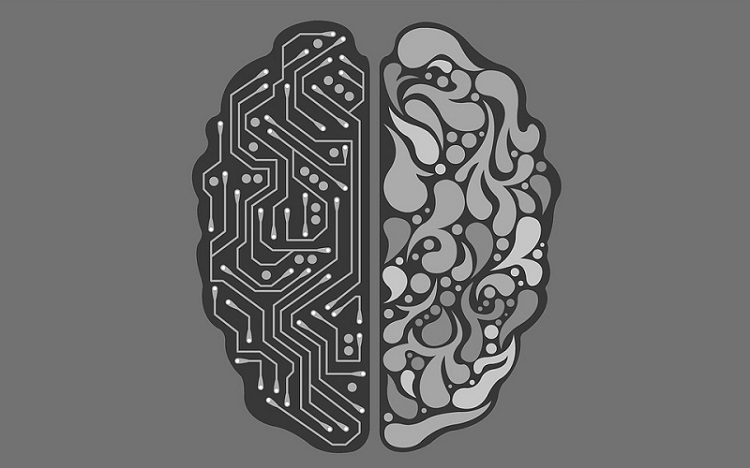
Deep learning is a subset of Machine Learning which uses concepts and technologies such as Deep Neural Networks, Evolutionary algorithms etc. to achieve a variety of objectives.
Machine perception is the field which deals with the problem of perceiving the world. Computer vision is a part of it; it focuses on the analysis of visual data. Some common applications are OCR, handwriting recognition, face recognition, etc.
Artificial intelligence itself can be classified in many ways, depending on the target objective, personal perception etc.
2. Big Data
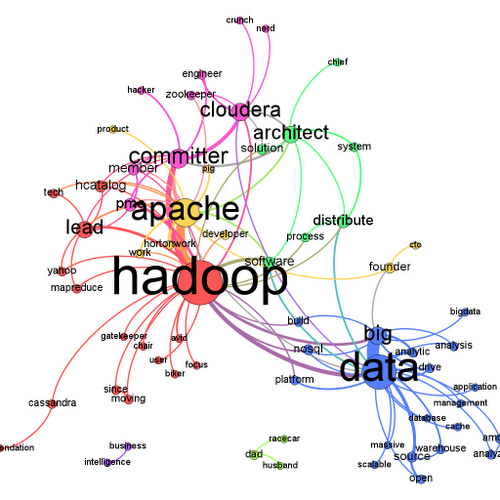
Throughout our history, we have been recording things. In order words, we have been creating data. We have eventually come to a point in time where we have an ample amount of data, as well as the power to compute on it.
Enter Big Data, it literally means vast amounts of data. Big Data refers to large datasets of data. Such as:
- Search Engine Results/Crawled and Indexed Data: The records on billions of websites on the internet. This is searchable via the likes of Google, Yahoo, Bing
etc . - Social Media Data: The data which many users upload online to feed the hungry corporations. This is needed to stalk them and understand their needs etc.
- Communications Data: This includes the data of various phone calls made around the world, emails, text messages, etc.
- Stock Exchange Data/Market Data: This includes the individual prices, shares, and fluctuations of shares of a wide range of companies.
- Blackbox data: This includes the data collected and stored in devices such as Airplanes, Jets, Helicopters
etc . It includes the voice recordings, computational and performance dataetc . It is of vital importance in case of crashes, accidentsetc .
3. Blockchain
A blockchain is a record of data with time stamps. Once created, the data cannot be changed. In other words, it is immutable. Groups of computers and servers across the globe manage the blockchain system. These computer systems are not owned by any one person or organization. This makes the whole system decentralized. All of these blocks of data are connected and secured with cryptography.
Since no one person or organization owns it, they lack central authority. In essence, it means it is a truly democratic system. It has a shared and immutable record which is open for everybody to see. This layer of transparency attracts several people and organizations.
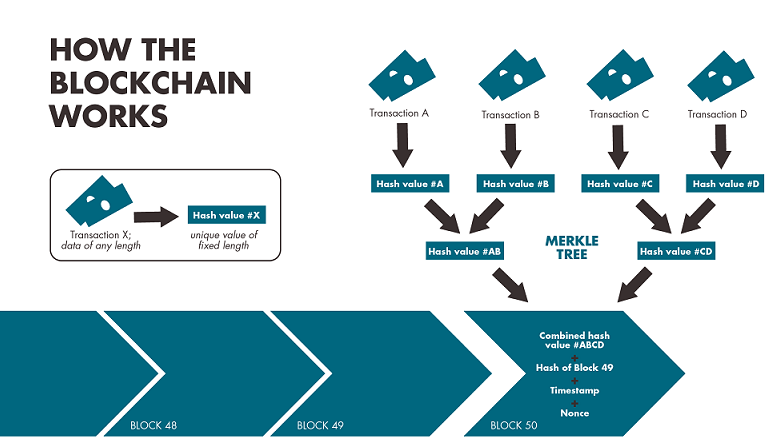
The blockchain network runs without cost on transactions. So safe and uninterrupted transfer of information is possible between two sources. Every block with a transaction is verified by millions of computers on the network. After verification, the block is added to a chain with a unique record and history. Creating false records is virtually impossible due to this decentralized system and validation.
The Blockchain model is at the core of Bitcoin, Dogecoin, Etherium and other Cryptocurrency technology.
4. Chatbots
A chatbot is an application of NLP (Natural Language Processing). It is an artificial intelligence (AI) software talk with people using a human language. The reason why chatbots are gaining all the buzz is because they look promising. They represent the ideal of our science fiction fantasies. Perhaps it is also because we feel alone as a species. As a result, we feel the need to have AI which can communicate with us in our own language.
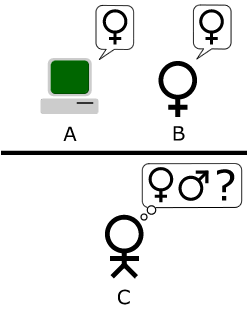
It may seem complex, but the most simple chatbots which can pass for a human are simple Question and Answer type algorithms. Advances in Machine Learning allow for more complex types of chatbots to exist. Lately, several companies are trying to use some kind of automated virtual assistant to better help their customers.
Some of the most famous recent examples of this are Google Assistant, Alexa, Cortana and Bixby.
5. Cloud Computing
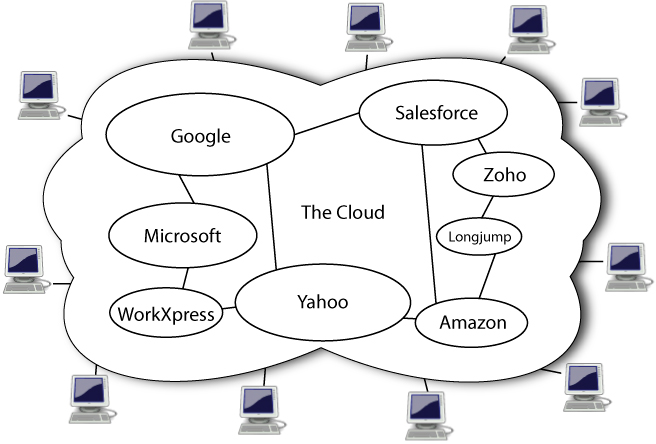
Cloud Computing services are another emerging technology and service. They are provided on an ‘on-demand’, or ‘per-use’ basis. These include hosting networks, computing resources, data storage
6. Data Analytics
Data Analytics is the combination of techniques to understand data and use it for practical purposes. To this effect, quantitative and qualitative methods are used to gain insights.
Data Analytics as a whole includes processes such as extraction of data, categorization, finding relations, connections, analyzing it etc.

In today’s world, data analytics is one of the most important fields of study. This is because we have come to the point in history where we have massive amounts of data, and we also have the computing power to make use of that data.
At the same time, various mediums allow organizations to collect data in many new ways, or use them in many creative ways too.
7. Design Thinking
Design thinking is a solution oriented approach to solving problems. Though not a technology itself, it has gained popularity in the recent times. The main ideas behind design thinking are understanding users, doubting assumptions, redefining problems and prototyping and testing.
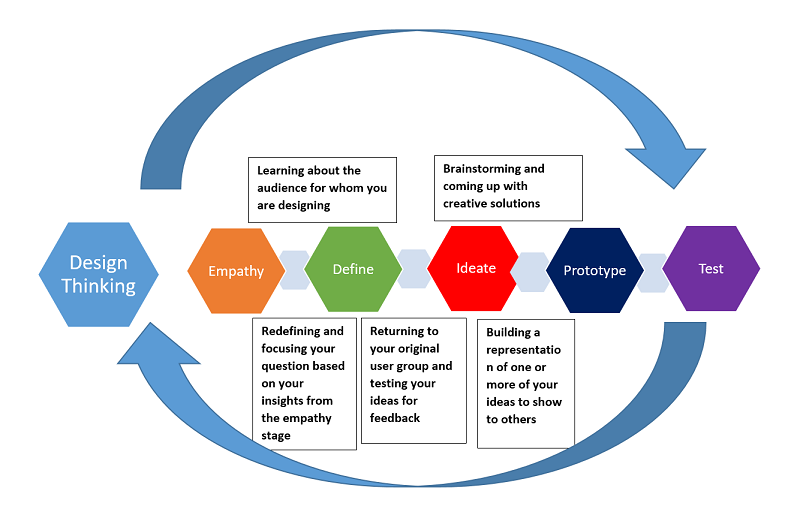
It consists of these 5 phases:
- Empathize: What
are the needs of the users? What value are they seeking? - Define: What is a human-focused way to define it? What needs and problems have been observed so far?
- Ideate: Are the assumptions really true? What ideas can solve the problem?
- Prototype: What solutions can be created? Work on them.
- Test: Does the solution solve the problem? Can it be improved?
Design thinking has become important in today’s world due to many reasons. As we discussed, technology grows very fast. We come across a lot of ill-defined problems. In addition, these might even include problems which are unknown to us by many factors.
We rethink the problems in human terms while using a design thinking approach. It gives ways for designers or managers to think beyond the conventional limits and solve the problems creatively.
8. Digital Transformation
Digital Transformation is the integration of technology in business and organizations. Technology can solve many processes and traditional problems. Rather than only act as
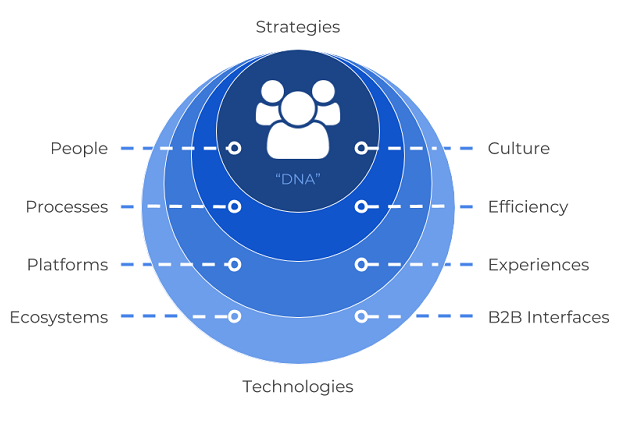
Adoption of Digital Transformation strategies has led to many companies reorganizing themselves. Most of the disruption comes in the form of startups. Other than that, a notable change in the industry has been “transforming products into services”.
Businesses are integrating several trending technologies mentioned in this article into their own processes. As a result, software Engineers, Cloud specialists, Data scientists, and product managers have emerged as leading roles in their organizations.
9. Encryption
Encryption is the practice of encoding data so that it cannot be read or understood easily. Depending on the type of complexity and use, it may be unreadable to humans or to algorithms. As an application, it has become the standard practice in security.
The main need for encryption is protecting the user data from being stolen or misused. In addition, it can also be used for verification. This ensures authenticity about the nature of data and its origin.
The fundamental idea behind encryption is using “keys”. Keys are used to code and decode the data. A typical encryption system may have only one secret key. However, in most secure systems, the trend is to use two keys, a public key and a private key.
Trends in technology such as internet of things and blockchain are making encryption practices more common.
10. Internet of Things
Internet of Things (abbreviated to IoT) is the emerging network of everyday objects such as

The Internet of Things allows us to control and use objects using our existing networks in many new ways. Thus creating more scope for integration between the physical and digital world. As a result, better efficiency and accuracy are expected with the
The “Thing” in the internet of things can be human organs with implants, toasters, cars, animals, backpacks etc. Many hobbyists are using Raspberry Pi to explore IoT possibilities.
11. Natural Language Processing
We’ve just discussed chatbots. Natural Language Processing is the field which deals with processing of human language as a whole. Yet another application of this technology is Machine Translation.
NLP has remained a stagnant field since the past decade. Along with the advancements in Machine Learning and Neural Network based algorithms, there has also been a rise in developments in NLP. The earlier approach to Machine Based translations was word-for-word, or even statistics based clause for clause, phrase for phrase translation.
However, modern NLP techniques allow for the AI software to have a sense of the grammar of
Another significant application of NLP is voice recognition and Synthesis.
12. Open Source
Open Source means that the software code, or the design or instructions to make something, are freely available. That being said, the most frequent use of the word refers to software.
Anybody with sufficient skills can modify, enhance, port or distribute Open Source programs. So, if you want to try, you can even contribute back to the development of the software you like if your commits are accepted! Even if they are not, you can branch off in a separate direction and develop your own alternate version.
Many programmers prefer open source software because they have a lot of control over it. It is also more secure since there cannot be any hidden malicious features. After all, the code is available for everybody under the sun to see and do as they like with it. Similarly, it also builds trust among
There are many examples of open source software used at a large scale. In fact, many trending technologies are built on Open Source frameworks. One of them is Linux. Even Android is a type of Linux operating system. MySQL, WordPress, Apache are a few other examples of FOSS(Free and Open Source Software) which have seen a widespread usage.
13. Robotics
Since ancient times and middle ages, people have been fascinated with the idea of summoning or creating creatures to do their bidding. After all, there are stories of Golems, the Homonculi, Necromancers

Robotics is the field of Computer Science which aims at the physical manifestation of AI. The focus is on actually creating things which can emulate human function. For a basic definition, robots are sensory devices which can react and move.
Industrial use of robots aims at using them for repetitive jobs, or those which require a high degree of accuracy. For example welding, painting, riveting etc. They are also used for special situations where sending a human would be unethical; such as cleaning toxic wastes, defusing bombs, and so on.
14. Self Driving Vehicles
Self-driving vehicles are cars or sometimes trucks which can operate on their own. That is to say, human drivers don’t have to control them. They have sensors and software to control and navigate themselves.
As of now, fully automatic vehicles cannot be operated in most jurisdictions. Even so, there are varying levels of self-driving vehicle technologies in development.
Levels of autonomy
Since the advent of self-driving vehicles, researchers have defined six levels of autonomy ranging from 0 to 5.
- 0: Humans control all the core systems; manual cars.
- 1: The car controls some systems, such as braking or gear changing.
- 2: The system can take control of some features, but the driver is still responsible for the operation.
- 3: The vehicle can drive itself for certain periods of time. But the driver must interfere often.
- 4: Fully Automated Driving features. But the driver must remain aware of the situation and might have to interfere at times.
- 5: The vehicle drives and takes all decisions on its own. All the people in the car are only passengers.
Current status
Self-driving vehicles are still at their initial stages but they will change world as we know it. Transport is on of industries which generate the most employment. Large scale involvement of Self driving vehicles will be followed by a shift in job trends.
Google, BMW, Uber, Tesla, and other major automakers are currently experimenting with self driving vehicles.
Since the current infrastructure and the laws don’t allow for it, most of the benefits and costs remain hypothetical. However, it is certain that we are moving to a future without manual work. Driverless cars will be just one part of many currently trending technologies which will shape
15. SMAC
SMAC stands for Social Media, Mobile, Analytics and Cloud. It is a concept that these four fields are producing the most innovation. These four trending technologies allow businesses to understand their customers better. Their preferences and behavior can be understood and use for better targeting or personalized services and products.
- Social Media: Most user data is easily available and interlinked
- Mobile: Accessibility and reach to a wide audience, almost everybody has a phone now
- Analytics: With the availability of data, future patterns can be identified
- Cloud: Cloud-based technologies and platform allow for optimizing for cost, money and time in the implementation.
Consequently, SMAC is a popular concept for many businesses to implement in their strategy
These were some trending technologies and ideas in the field of computer science and information technology. What do you think of them? What are some ideas you would like to discuss? Leave your comments!
